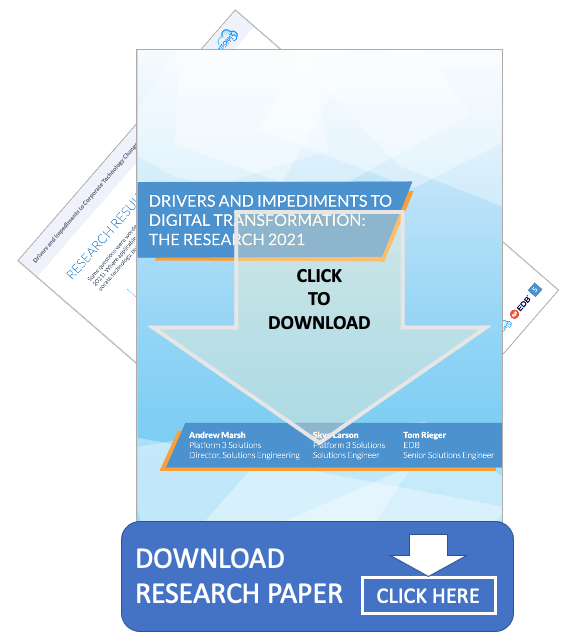
Digital Transformation is the phrase of the day when it comes to the strategic direction for technology in organizations. Words and phrases like:
- Nimble
- Customer centric
- Time to market
- Elastic
- Automation
- AI/ML/NLP/DW – all meant to mean ‘analyze and predict’
As 2021 moves into 2022, the reality that organizations need to clean-up and migrate to a better fundamental technology stack before they can realize anything that is ‘transformational’ is taking hold. The new term is ‘Technology Debt‘ and words and phrases now read more like:
- Open Source First
- Cloud First
- Simple
- OPEX
- Work-From-Home (which means anywhere on the planet)
- Secure
- and all the transformation terms: nimble, elastic, faster time to market, automated, analyzed.
This has been proven out with me personally and professionally. The image below represents my personal ‘technology debt’ from a hardware perspective in my home office drawer. Extrapolate that across a data center in a corporation in hardware and software – and it turns into a financial and security quagmire.

- Commercially licensed software with bloated annual maintenance bills, constrictive terms and the word ‘vendor audit’ is in their frustration-toned voices.
- Some aspects of the software are (or almost at) their end-of-support and life.
- They cannot change the business based on their technical and legal status-quo.
The research I have been part of titled “Drivers and Impediments to Corporate Technology Change – 2021 and Beyond – THE RESEARCH
The very first question is “What is the priority of your organization at this time?” The graphic below gives us perspective.

- Move to open-source. Databases like Oracle, DB2, SQL Server and others are not evolving and have high cost. Open-source options like Postgres can now drive those top-tiered workloads. They have enormous innovations and much better legal terms.
- Move to cloud. Accounts love to hear a predictive ‘OPEX’ message versus an uncertain ‘CAPEX’. This is all easily possible from the major cloud vendors. Caution: It is easy to over provision, over pay and not realize it (check my video here).
- Clean out the old-and-zombie. Some combination of application decommissioning, data archiving from active systems and consolidations are absolutely necessary.
Once you see the fruits of the labor of the above (and I mean that from a financial savings perspective) those newly found funds help pay for the more ‘transformational’ efforts.
Moral of the story: Cleaning out the ‘technology debt’ empowers and goes in conjunction with ‘digital transformation’. They can happen in parallel, but they both need to happen to be effective.
I invite everyone to review the research by clicking HERE or on the image below and expect the next research in 2022.


